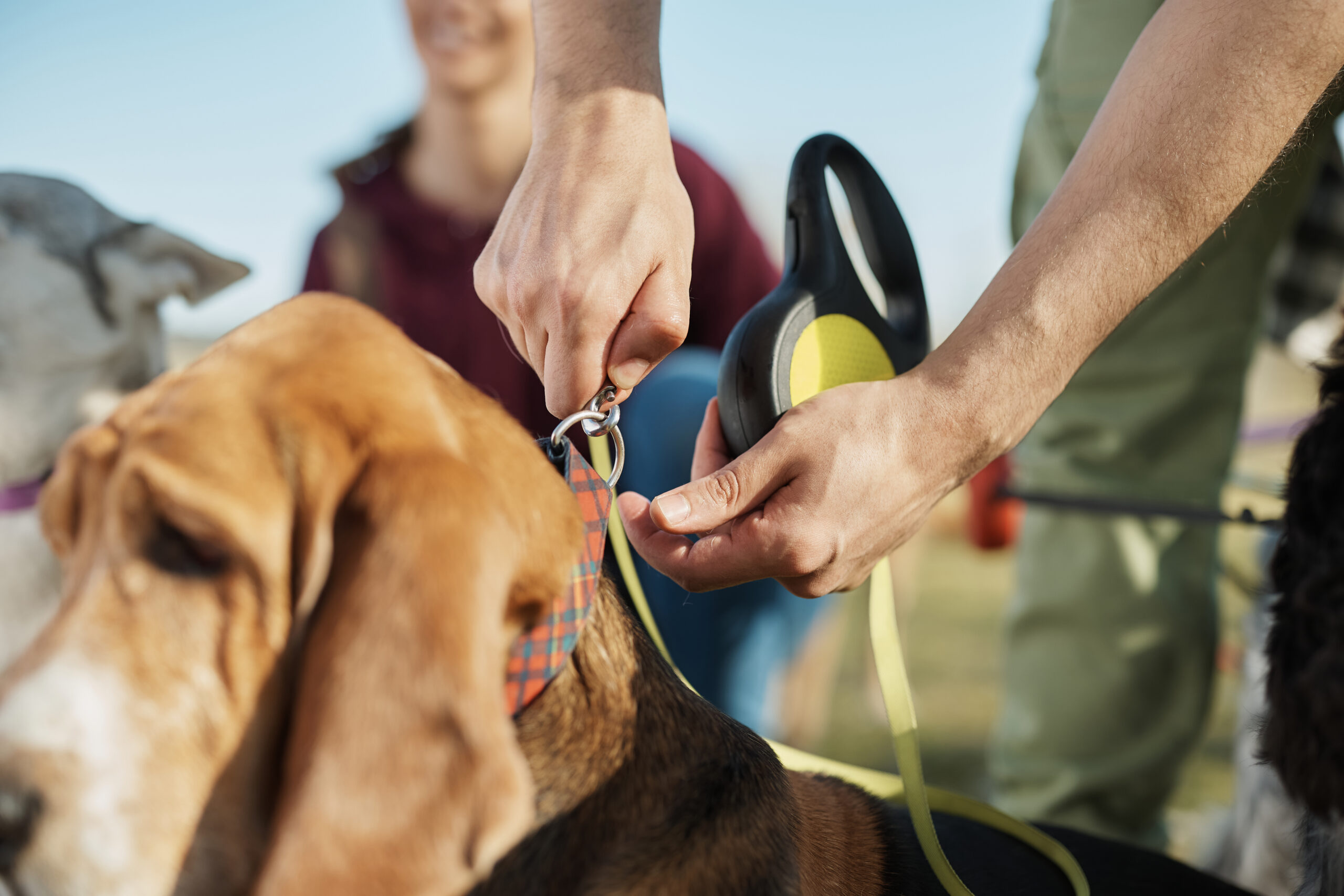
How Bluetooth Boundary Collars Help Train Dogs Safely at Home
It’s common for pet owners to need to set boundaries at home to keep their animals and their belongings safe.
GET YOUR DOG COLLAR TODAY! FREE SHIPPING FOR A LIMITED TIME!

E-collar training has long been misunderstood and misrepresented in public discourse. Often mistaken for outdated punishment-based methods, modern remote collars are powerful tools for communication, built to enhance safety, deepen bonds, and offer unprecedented reliability between dogs and their handlers.
When integrated thoughtfully and responsibly, e-collars open the door to off-leash freedom, behavior improvement, and enhanced obedience without compromising a dog’s well-being or spirit.
The term “e-collar” can evoke strong reactions, many of which are rooted in misinformation rather than firsthand experience. Large organizations and outspoken critics often categorize remote collars as cruel, despite having a limited understanding of how the tools actually function. This has led many pet owners to dismiss the option entirely, sometimes at the expense of their dog’s safety and quality of life.
In reality, high-quality e-collars used correctly do not shock, harm, or punish dogs. Instead, they provide gentle stimulation calibrated to the dog’s “perception level,” allowing for clear communication, particularly in moments where voice commands or visual cues might fail.
There are breeds and individual dogs whose genetic drives surpass traditional training methods. High prey drive, impulsive behavior, and reactive tendencies can make recall and general obedience difficult, especially in open, uncontrolled environments. For these dogs, e-collars provide a lifeline; a way to ensure their safety while allowing them to explore the world more freely. Whether it’s a spaniel too focused on flushing birds or a livestock guardian breed prone to antisocial behavior, e-collar training allows owners to manage these instincts without removing the joy of off-leash activity.
The advantages of e-collar training extend far beyond mere obedience. Perhaps the most appreciated benefit is the establishment of dependable recall, even under heavy distractions. This ensures that dogs can be off-leash safely in public spaces, forests, or near roads, offering a better quality of life for both dog and owner. Beyond recall, e-collar training supports behavior modification, such as reducing resource guarding or managing overfriendliness, and can even reinforce competitive obedience in sport-trained dogs. When used alongside positive reinforcement and well-structured foundational training, e-collars enhance the clarity of communication without stress or confusion. Owners report increased confidence and peace of mind, while dogs exhibit more composure and responsiveness.
A modern e-collar delivers a low-level Bluetooth stimulation, often described by trainers as similar to a mild tingling sensation or vibration. The purpose is not to intimidate or punish, but to gently interrupt behavior or reinforce a known command. The key lies in careful conditioning. Dogs must first be taught what the stimulation means through repetition, reward systems, and professional guidance. Over time, they learn to associate the collar cue with expected behaviors, such as “come,” “heel,” or “leave it.” Far from being a harsh tool, the e-collar becomes a refined language for communicating with your dog in unpredictable environments.
Like any specialized tool, an e-collar must be used with care, training, and respect. The process should never begin without a solid foundation in obedience and trust between the dog and owner. Without prior groundwork, the collar’s signals may confuse or stress the dog. That’s why Pet Sensor advocates for guided training supported by experienced professionals and only recommends models tested for comfort, consistency, and reliability.
Learn more by contacting us.

It’s common for pet owners to need to set boundaries at home to keep their animals and their belongings safe.

Training your dog indoors is not only a good bad-weather backup plan, but also a great way to raise your